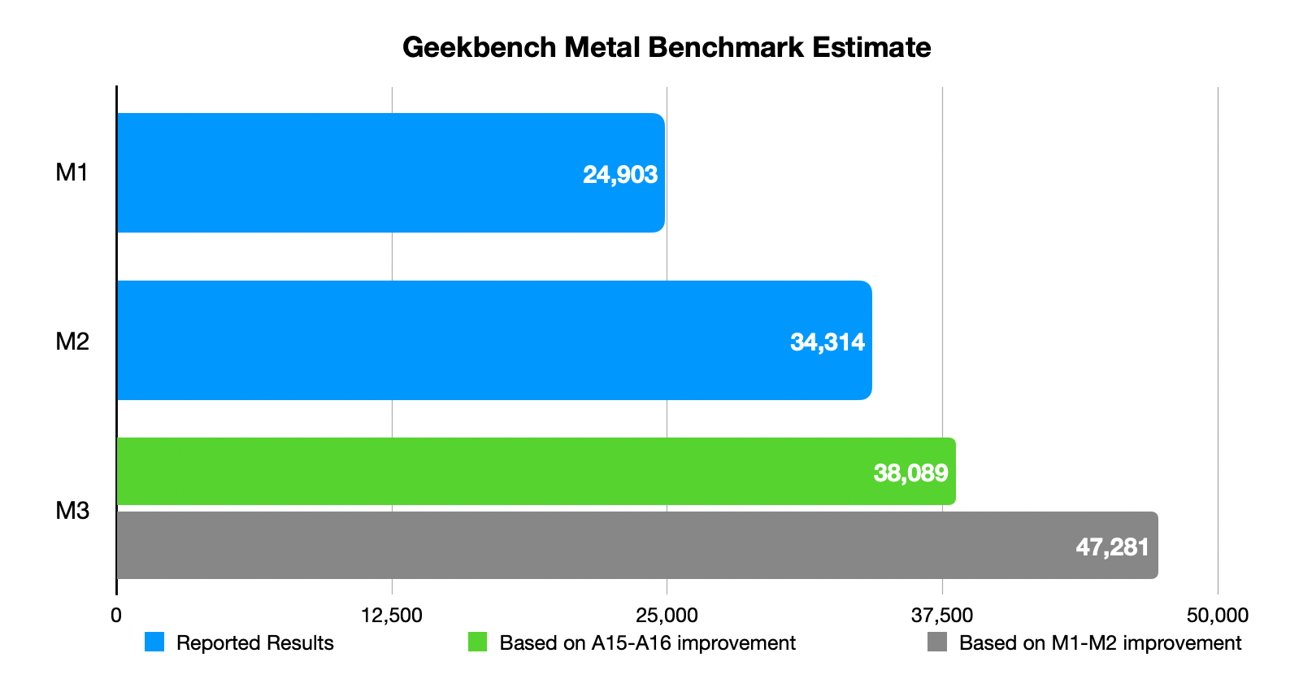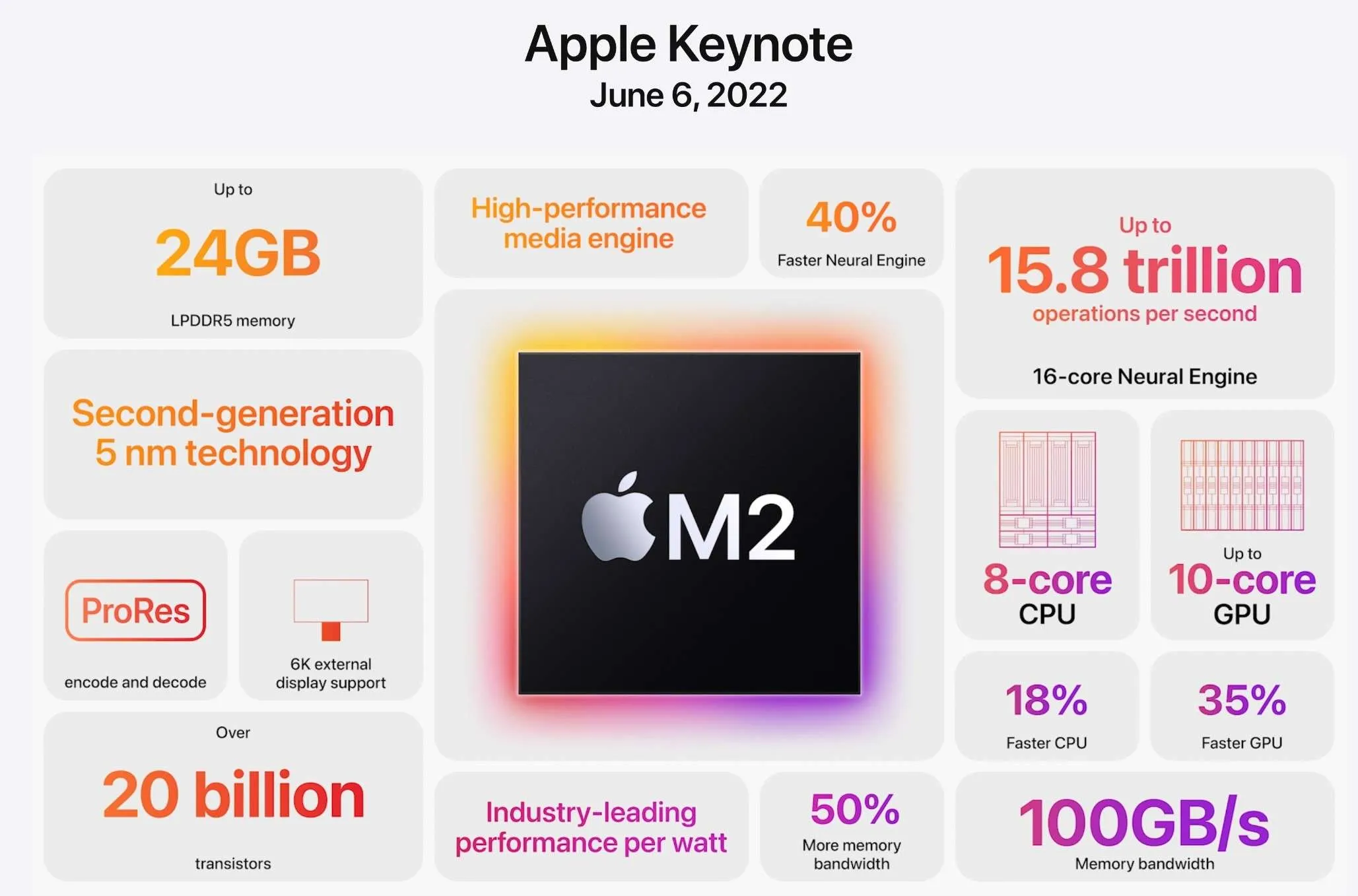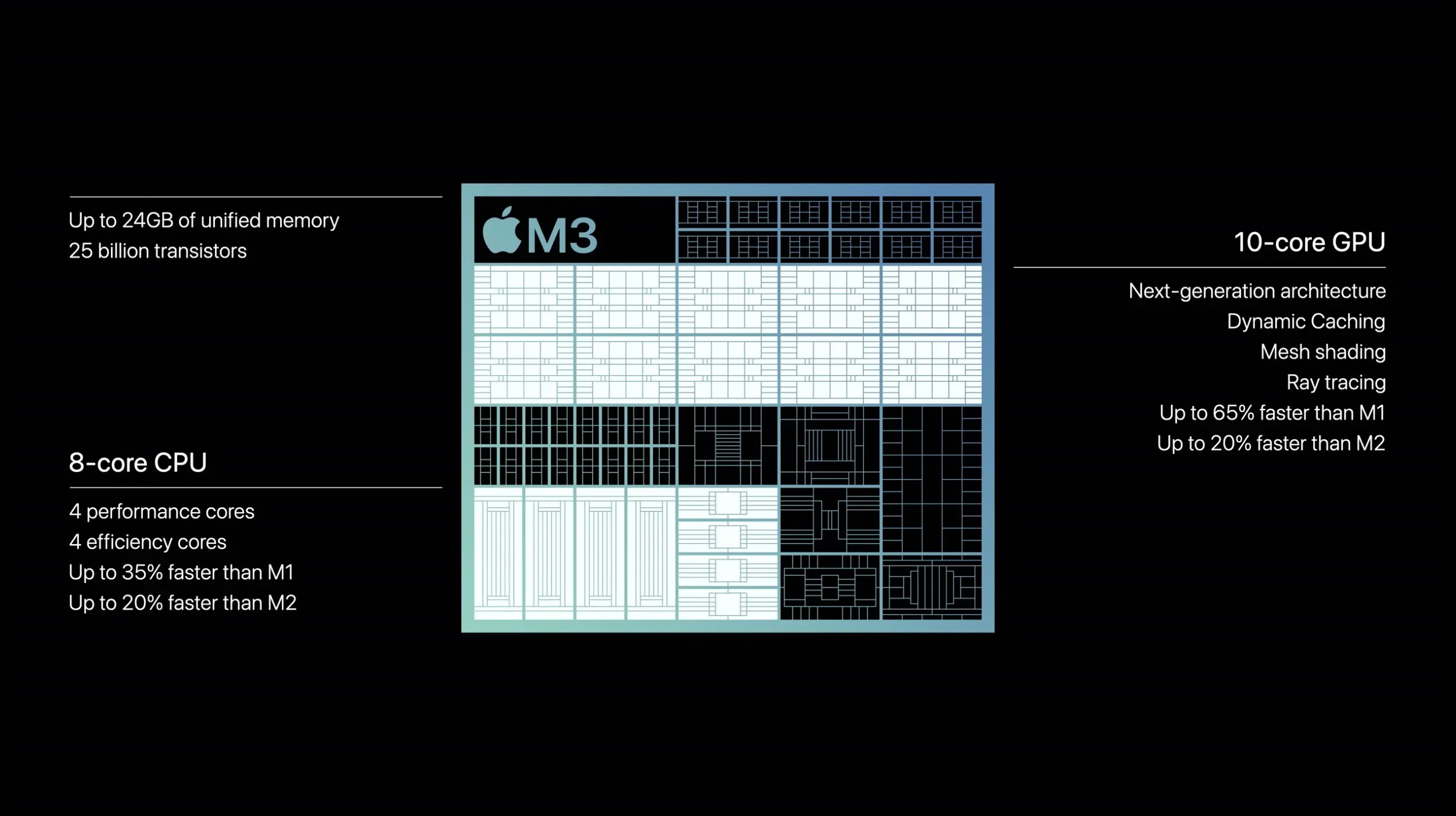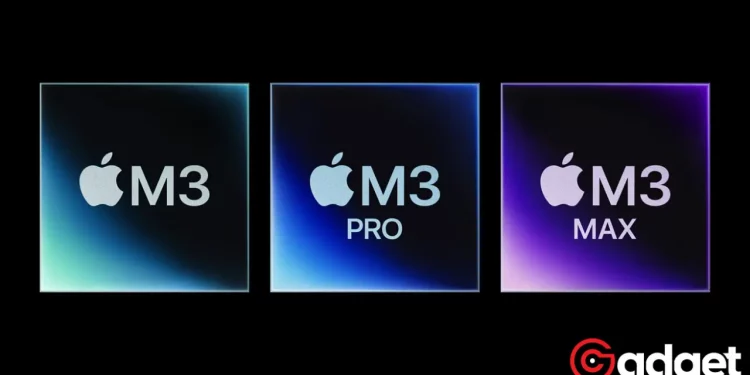Apple’s latest “Scary Fast” event has set the tech world abuzz with the unveiling of its next-gen Apple Silicon – the Apple M3 family. This lineup, comprising the M3, M3 Pro, and M3 Max, is powering the new 24” iMac and MacBook Pro models. While the presentation focused on comparisons with the M1 family, tech enthusiasts are more keen on how these new chipsets stack up against the M2. Let’s dive into a detailed comparison, exploring whether the M3 series warrants an upgrade from M2 Macs.

CPU Performance: The Heart of the Matter
The M3 chips boast a significant leap in core configurations, with options ranging from 8 to 16 cores, compared to the 8 to 12 core range in the M2 Max. Apple claims a 15% increase in high-performance core speed and a 30% boost in efficiency core speed in the M3 compared to M2. However, the M3 Pro’s six high-performance and six efficiency cores present a curious mix, raising questions about its actual performance leap over the M2 Pro.
While Apple touts the M3 Pro as 20% faster than the M1 Pro, they’ve been less forthcoming about its advantages over the M2 Pro. The story takes a turn with the M3 Max, featuring a 16-core (12P + 4E) configuration, reportedly 50% faster than the M2 Max for the 16-core version and 20% faster for the 8-core variant.
Pushing the Boundaries with 3 nm Technology and Transistors
TSMC’s cutting-edge 3 nm manufacturing process is a game changer for the M3 chips, offering substantial improvements. The M3 family starts with 25 billion transistors in the base model, escalating to an impressive 92 billion in the M3 Max.
GPU Performance: A Leap in Graphics
The next-generation GPU architecture of the M3 series promises a considerable enhancement in the GPU experience. With a range of 10 to 40 GPU cores across the series, these chips are geared for advanced gaming and content creation. Hardware-accelerated Ray Tracing and Mesh Shading, along with Dynamic Caching, underline Apple’s commitment to delivering a top-tier GPU experience.

Neural and Media Engine: Smarter and More Capable
The M3’s Neural Engine claims a 15% edge over the M2, showcasing its prowess in AI-driven tasks like augmented reality and speech recognition. Furthermore, the M3’s Media Engine now decodes AV1, a feature absent in the M2, enhancing the video streaming experience on platforms like YouTube and Netflix.
Apple M2 vs Apple M3 Chipsets: What's new?#Apple #AppleEvent #M2 #M3 #Chip pic.twitter.com/J0CpIKcZGq
— Smartprix (@Smartprix) November 2, 2023
Memory and Bandwidth: A Mixed Bag
While the M3 retains the M2’s memory bandwidth of 100 Gbps, it presents a nuanced picture as we move up the range. The M3 Pro shows a reduction in memory bandwidth compared to the M2 Pro, suggesting a possible redesign in its memory bus interface. The M3 Max, on the other hand, offers varied bandwidths based on its core configurations, with the 16-core model matching the M2 Max’s 400 Gbps.
Apple’s strategy in unified memory also deserves attention. The M3 continues with LPDDR5 memory like the M2 but steps up the game with a maximum of 128GB unified memory, surpassing the M2 Max’s peak of 96GB. This enhancement in memory capacity could be pivotal for users with heavy-duty processing needs.
Wrapping Up: The Verdict on M3 vs M2
In summary, the M3 series represents a solid, if not revolutionary, step forward from the M2. The adoption of TSMC’s 3 nm process and increased transistor count are notable, as are the advancements in GPU and neural processing. However, for current M2 users, the performance gains, while impressive, may not justify an immediate upgrade. That said, those on the M1 platform have plenty to look forward to with the M3 series, especially in terms of efficiency and raw power.

This comparison highlights Apple’s continued commitment to innovation and performance enhancement in its chipset technology. The M3 series, while not a monumental leap, solidifies Apple’s position in the market, offering robust, efficient, and powerful options for a range of users, from casual consumers to demanding professionals.










